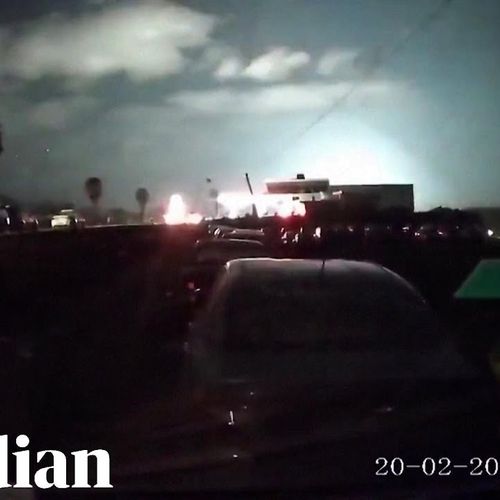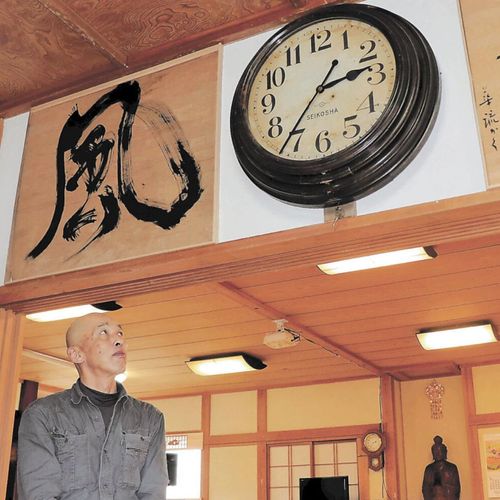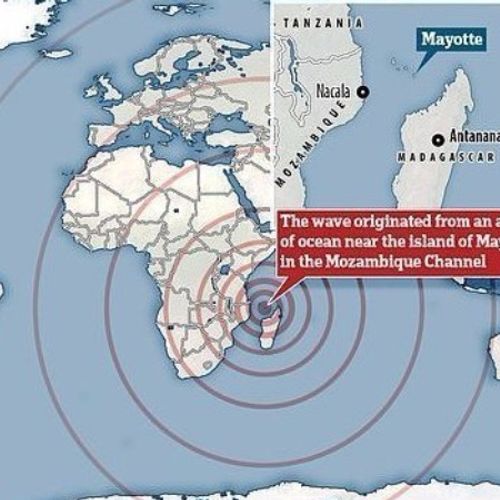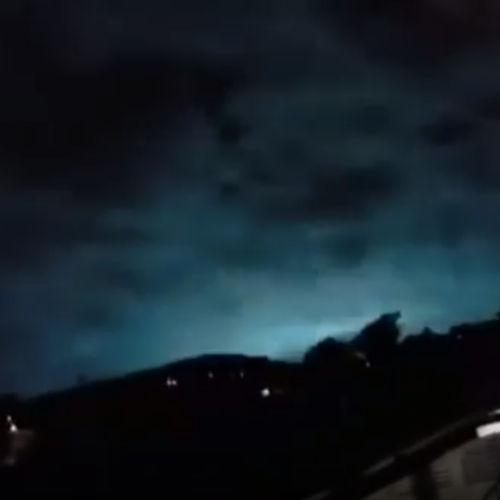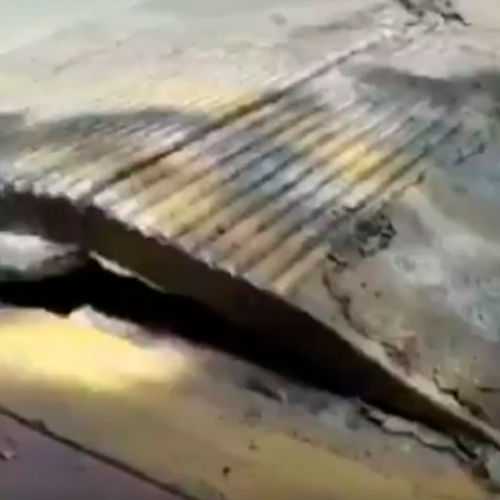
| Added | Tue, 26/09/2017 |
| Источники | |
| Дата публикации | Tue, 26/09/2017
|
| Версии |
Until Mexico comes after the recent devastating earthquake, on the streets it was observed a strange phenomenon.
Video shows a fragment of asphalt surfaces, rising and falling in the eyes of the astonished audience like a big animal breathing somewhere near Mexico city. Local resident Rigoberto Lechuga Silva drew attention to this phenomenon, September 19, when tremors shook the area.
Look at this! Buckled concrete in #Mexico City looks like its breathing, following the massive 7.1 earthquake. pic.twitter.com/CCzBDffLvB
— Preston Phillips (@PrestonTVNews) September 21, 2017
Silva, like many others, rushed outside, trying to get away from tottering buildings. He saw swinging a lamppost and pulled out his phone to record it, when he noticed up and down the asphalt.
After a man posted his video on the Internet, it quickly spread on various resources.
On the pages of Twitter, scientists who viewed a video, have begun to offer theories about the source of this movement. Mika McKinnon, a geophysicist suggested that this phenomenon may be liquefied. In her message, she noted that Mexico city is built in a sedimentary basin, it is not surprising that the intense seismic activity followed by an unusual geological events.
Hundreds of years ago in Mexico city was much more watery areas. In the XIV century on the island, located in the heart of the marshy terrain, was built by the Aztec city of Tenochtitlan. While the area was later drained by the Spaniards, a loose sediment that once supported these waterways, now trapped under the eleventh most populous city in the world. Most of this loose sediment still saturated with water or is interrupted by pockets of air.
When seismic waves, such as from an earthquake pass through the area, sediment particles may then fluctuate as the fluid in the process known as liquefaction. After watching the video Susan Hugh, a seismologist at USGS, said that liquefaction is the likely explanation of the rise of asphalt: "During major earthquakes you can get sandy soils, rising to the surface in the form of pulses. The thing here is that over land the sidewalk." She added that the exact cause will be established as soon as the Mexican authorities will be able to see the ground under the road.
Mexico is not the only place where you can see how the roads are subjected to liquefaction after a major seismic event. Video from Japan captured after the earthquake of 2011 shows a crack in the sidewalk that opens and closes.
According to a report by the USGS, large parts of San Francisco are very susceptible to liquefaction. Liquefaction is often exacerbated by the earthquake damage, weakening the ground on which to build a high urban structure. In the worst case it can cause landslides and destruction.
Translated by «Yandex.Translator»
Новости со схожими версиями
Log in or register to post comments

